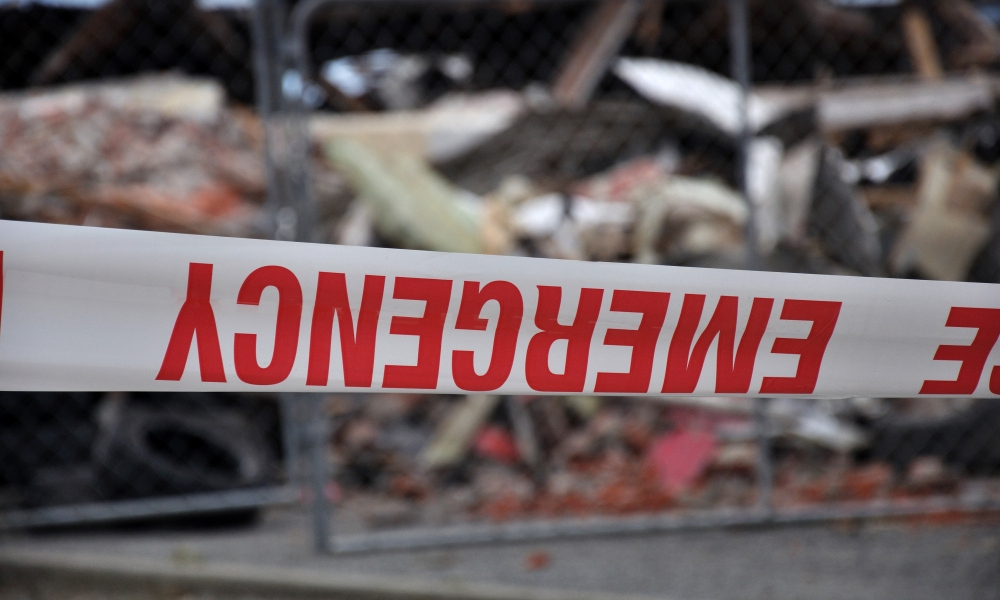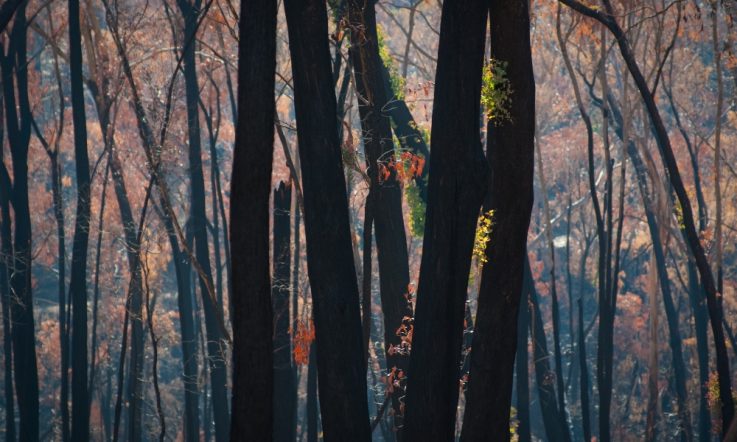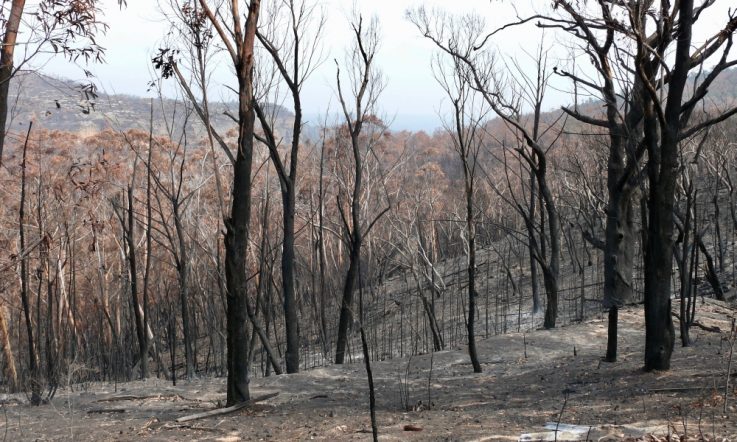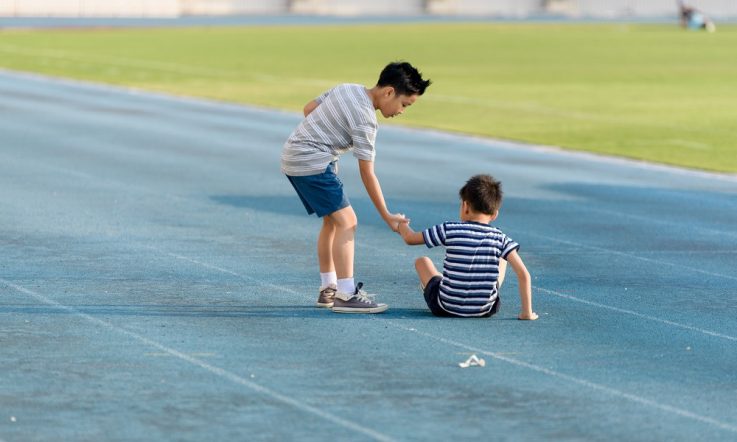‘I think the important message is that you can't leap into these things too quickly. People will need that processing time before they're actually ready to step back and see their story from a slightly removed perspective.'
University of Auckland Professor Carol Mutch is an expert in the role of schools and communities in disaster response and recovery. She has travelled the world undertaking research and helping to set up school-based recovery projects – visiting Australia, Japan, Vanuatu, Nepal and China.
Having worked with schools after the devastating Canterbury earthquakes, the Education Commissioner for UNESCO New Zealand can offer a valuable perspective on successful initiatives to support students, teachers and parents after disaster strikes their community.
Although the quakes struck in September 2010 and February 2011, her work with schools didn't start until the following year. 'I didn't want to be one of those people who goes into some disaster zone or whatever and annoys people by turning up too soon and being demanding,' she tells Teacher. ‘I wanted it to be a process where, when the schools felt that they were ready, then I was available and I had funding support and I could come in and do whatever they thought was going to be useful.'
Schools telling their stories
The initial project she started involved videoing staff, children and their families talking about their experiences and using the material to produce a book called Christchurch schools tell their earthquake stories. ‘Of course, the trauma was still fresh and in the Canterbury earthquakes we had up to 14 000 aftershocks, and in that first year the aftershocks might be every 20 minutes. So, you lived in this constant state of fear with the adrenaline pumping … unlike a one-off event (like a cyclone), you had no idea when this was going to end. So, the school was very cautious about making sure we weren't going to re-traumatise the children in any way.
‘So, we worked with them in small groups in a way that wasn't just putting a microphone in their face and saying “what happened to you?”. We asked different kinds of questions, which were: Well, this has been quite an amazing experience we've been through. When you're older, grown up, a parent or a grandparent, and your children or grandchildren say to you “what was it like?” what would you say? That way they were sort of one-step removed from the story that they were telling.'
Mutch was also in contact with University of Melbourne researchers who had worked with communities after the Black Saturday bushfires. So, she asked children in New Zealand: ‘I know people in Australia where they had bushfires. If you were telling them what it was like to be in an earthquake, as opposed to what it's like to be in a bushfire, what would you say?'
The academic says this allowed the children to have a little more control and make it a more objective story. ‘What strikes me now thinking back to that first set of interviews that we did was their memories were absolutely vivid,' she recalls. ‘They remembered smells and sounds and tiny little details that had become imprinted in their memory when they told their particular stories.'
The project team also interviewed family groups. Mutch says this process allowed children, parents and siblings to share stories they had kept from each other, for fear of it being too upsetting. ‘So, it was really therapeutic for them and a very useful exercise for children to be able to start to process their story, realise they weren't alone in this and everyone has a story to tell.'
Copies of the book were given to members of the school community. It's also gone into libraries and the archives of the National Library.
The next school approached Mutch for help making a video where children interviewed other children and community members. Students were taught how to ask good questions and conduct interviews, alongside technical skills such as how to use the camera and edit footage.
‘We were just around in case they needed us for a technical reason, or if someone got upset – just making sure things went smoothly. But, basically it was over to them and they interviewed students, the principal, some of the teachers, some parents, anyone who wanted to come.
‘Again, what stays with me is the vividness of the stories that the children told. Once again, it was sort of that one step removed because they were making a video for each other, it wasn't in a sense re-traumatising. It was really powerful because they were in control.
‘They were allowed to choose the location and often they chose where they were at the time of the earthquake – there was one girl who was interviewed up a tree, someone else who was interviewed in a school garden shed, there was a class that had been at the beach on that day, so we got a van and took them down to the beach and they retold the story in the way that they wanted to down there.
‘The stories that the children told each other were in a way different to the stories that people at the first school told. The first school there was much more heightened emotion … but in this case they told really funny stories. They told of one of the aftershocks when they were sitting on the toilet, or about their cat running away and finding it in a funny place.'
Mutch says this project helped children realise that, yes, some parts of the disaster were scary, but in some parts they were brave, and other parts they could laugh about ‘… and that's okay because you're turning that real experience into part of who you are – you're personalising it as part of your own story you'll carry on and tell into the future.' A screening of the final film was held at the school.
A place for reflection
In a third project, a school principal got in touch with Mutch to say students had done lots of writing about their experiences, and drawing pictures. What they wanted was to create a place where people from the school, or the community, could come and sit, contemplate, remember and look to the future. ‘So he called a group of students together and we just talked about the sorts of things they might like to do. They started talking about the importance of remembering the things that were before and the people who had died, but also thinking about what they wanted the future of their town to look like and so on.
Mutch says one girl suggested using pieces of their broken homes in some way, which led to the idea for a huge circular mosaic with a seat in the middle. Students discussed the kinds of symbols, icons and motifs they might want to have in the mosaic, and the colours they wanted to use. ‘They said, for example, that happy colours were yellow and blue and green, and sad colours were red for blood and black for fear.
‘We ended up with four panels. One was their town and history that was a mixture of Māori history – the Māori that lived there before the Europeans came – then the Europeans and how they changed the landscape. Then the second one was their life before the earthquake – so it was filled with the things they remembered that made them feel good … puppies and butterflies, rainbows and playing football. Then there was the town during the earthquake – that was cars falling into holes, buildings breaking and falling down. The fourth panel was their hopes for the future.
‘When we were drawing all the little pieces that eventually became the panel for hopes for the future, one boy had drawn a sailing ship in the local river. He said it was sailing on a river of emotions, so that became the name of the mosaic – A River of Emotions. Which, it's sort of the story of the earthquake recovery I guess.'
Mutch says, in her experience, it's important that schools are in control of the project, rather than an outsider coming with funding and an idea of what will be done. ‘It's about saying “you tell me what you want and I'll go shoulder tapping funders and so on, and people that I know who can come and volunteer their time and we'll come and make it work for you – but you are always in charge. You tell me where you want it, how you want it, who you want to be involved”.
The mosaic project took 18 months to complete. During that time, 72 volunteers from the community gave their time. ‘They brought their bulldozer to prepare the site, or helped scraped bricks from the old woollen mill factory which was the base, or they helped the children put the grout and the tiles on. All those sorts of things. The local bank gave their workers a Friday off so that they could come down and do their part – it really was a great community project.'
Working with schools in Australia
At the start of this year, Mutch and University of Auckland arts educator Professor Peter O'Connor collaborated with colleagues in Australia to provide resources and advice and deliver training and a workshop to teachers returning to school after the summer bushfires.
The Banksia Initiative Disaster Arts Education Summit brought together international specialists in ‘school recovery, general education, curriculum and pedagogy, arts education, health and wellbeing, trauma response, disaster recovery and youth and adolescent health'.
Stay tuned: We’ll be finding out more about how arts-based education is being used to support school communities in a future article.



